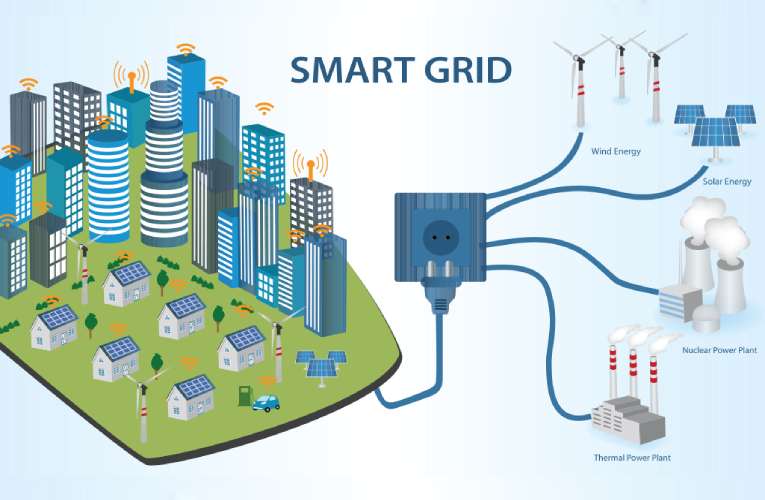
The research found the market shift to prioritising BESS efficiency and solutions is facilitated by the need to meet climate goals and reduce reliance on fossil fuels.
Research experts have now found that by 2029, the savings potential from smart grids will increase by 249 percent, up from $84 million in 2024; benefitting utilities and consumers. Global Research body, Juniper Research has stated in its new survey report that the growth is driven by increasing investment in solutions from governments, including the US, China, and Europe, with BESS (Battery Energy Storage Systems) becoming a focal point for the market.
The research found the market shift to prioritising BESS efficiency and solutions is facilitated by the need to meet climate goals and reduce reliance on fossil fuels. Since renewable energies do not meet current demand, ensuring excess energy is not wasted is crucial for reducing carbon emissions. The report also identified that whilst AI is used extensively for grid automation processes, GenAI (Generative Artificial Intelligence) is providing additional features. Generative models trained on customer energy data can create scenarios for utilities to develop future grid strategies. For instance, calculating energy output requirements based on houses adopting solar technologies allows utilities to plan future grid investments. GenAI allows utilities to enhance grid efficiency, so technology companies must integrate solutions into their offerings before market saturation occurs.
Research author Matthew Purnell remarked: “Not only is the demand for BESS at an all-time high from grids, institutions, and even consumers, but investment in battery research is accelerating at an unprecedented rate. Future market leaders will be those developing improved batteries capable of integrating numerous energy sources whilst mitigating energy decay; saving money for utilities and consumers.”
The smart grid’s responsive and automated nature leveraging IoT adapts to changing supply, as well as demand patterns, by ensuring communications throughout the value chain, without overly relying on separate operators. It is an integrated management mechanism to coordinate demand and supply, and oversee efficient and sustainable energy distribution. Therefore, the smart grid is not a simple upgrade of the traditional one but almost a complete overhaul, in the sense that it transforms roles and interactions of all components and actors within the grid’s ecosystem.
In this regard, smart grids differ from traditional electric grids in all stages of the energy production and distribution process, consumption patterns, and better energy management for households and businesses. At the market level, local and regional electricity generation encourages smaller-scale utilities to be connected to a distribution network; enabling them to sell surpluses back to the same network. The smart grid is, therefore, critical to facilitating these transactions by assisting integration of advanced generators and storage systems to the traditional grid. As such, the smart grid empowers customers to become prosumers through its two-way distribution capabilities.

